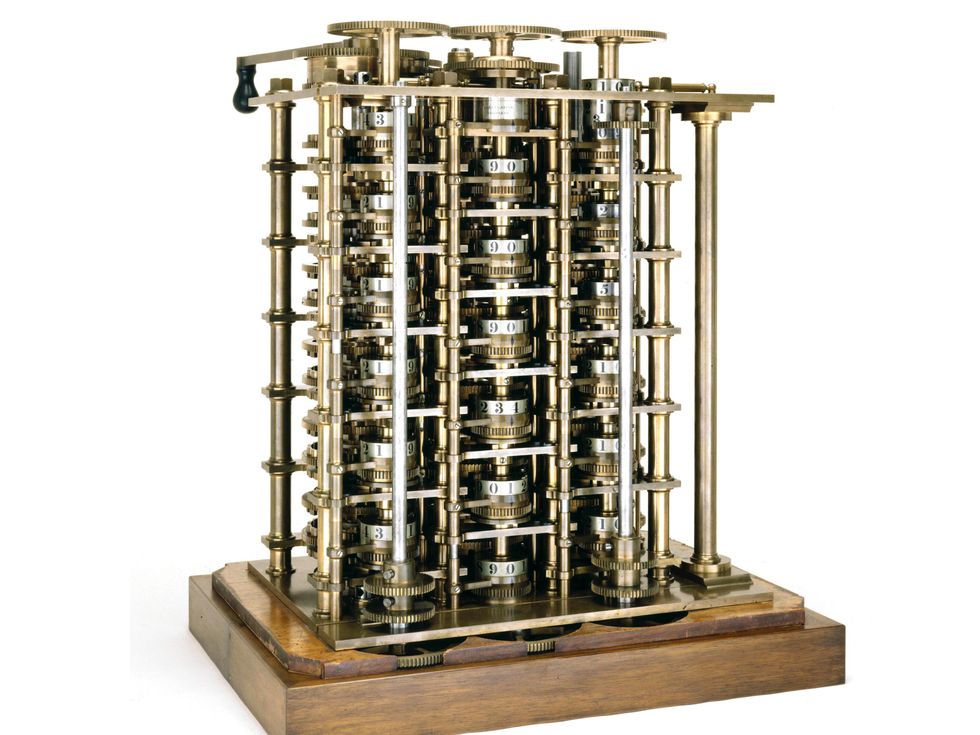The new findings of researchers at the Weizmann Institute may advance the civilized meat industry
One day Prof. Eldad Tzahor Through the microscope eyepiece and see a steak. This happened in his laboratory in the Department of Molecular Cell Biology at the Weizmann Institute of Science as part of a study on muscle tissue regeneration. During an experiment in muscle stem cells led by postdoctoral researcher Dr. Tamar Eigler, the cells in the laboratory vessels fused into tiny fibers that thickened rapidly – and within a few hours, well-developed muscle fibers resembling a sliced piece of meat were formed.
In order to decipher the chain of molecular events that led to the rapid and juicy transformation in the laboratory dish, Prof. Tzahor and Dr. Eigler joined Dr. Uri Avinoam , whose laboratory in the Department of Biomolecular Sciences specializes in the study of cell fusion in a study published today in the Scientific Journal Developmental Cell The research team unveils a new molecular pathway responsible for the rapid formation of muscle fibers. The new findings may advance both the study of muscle tissue regeneration in the body and the holy grail of the food industry today – efficient production of cultured meat that will replace the polluting meat industry.

The surprising sight revealed through the microscope eyepiece: muscle stem cells derived from mice (lower frame) underwent a process Rapid fusion and formation of multinucleated muscle fibers (in red) (blue dots) after being exposed for 24 hours to a molecule that blocks the enzyme ERK (upper frame) // Dr. Tamar Eigler, Research Laboratory of Prof. Eldad Tzahor
Stem cells of muscle tissue called myoblasts are formed in the fetus, but a pinch of them is retained on the surface of the muscle fibers throughout our lives. Although the number of these decreases with age, when a muscle is injured – they are responsible for its repair and regeneration. However, to begin the process of rehabilitation, they must stop dividing themselves, differentiate into muscle cells and reunite with each other and with the damaged muscle tissue. “Without fusion there is no regeneration,” Dr. Eigler emphasizes. The beginning of the molecular pathway, the end of which is the same steak in a saucer, is in a small molecule that blocks the enzyme ERK in myoblasts. The molecular pathway discovered in the laboratory is indeed involved in the regeneration process also in the muscle tissue in the body, Dr. Eigler created engineered mice without CaMKII – the enzyme that appears at the end of the pathway. She saw that the recovery of injured muscle tissue in the engineered mice was much slower compared to normal mice. Also, the fact that the cultured fibroblasts coalesce in a timed manner indicates the activation of a structured muscle building program. In other words, it seems that the processes observed in the laboratory do indeed correspond to the way muscle fibers in the body coalesce.













